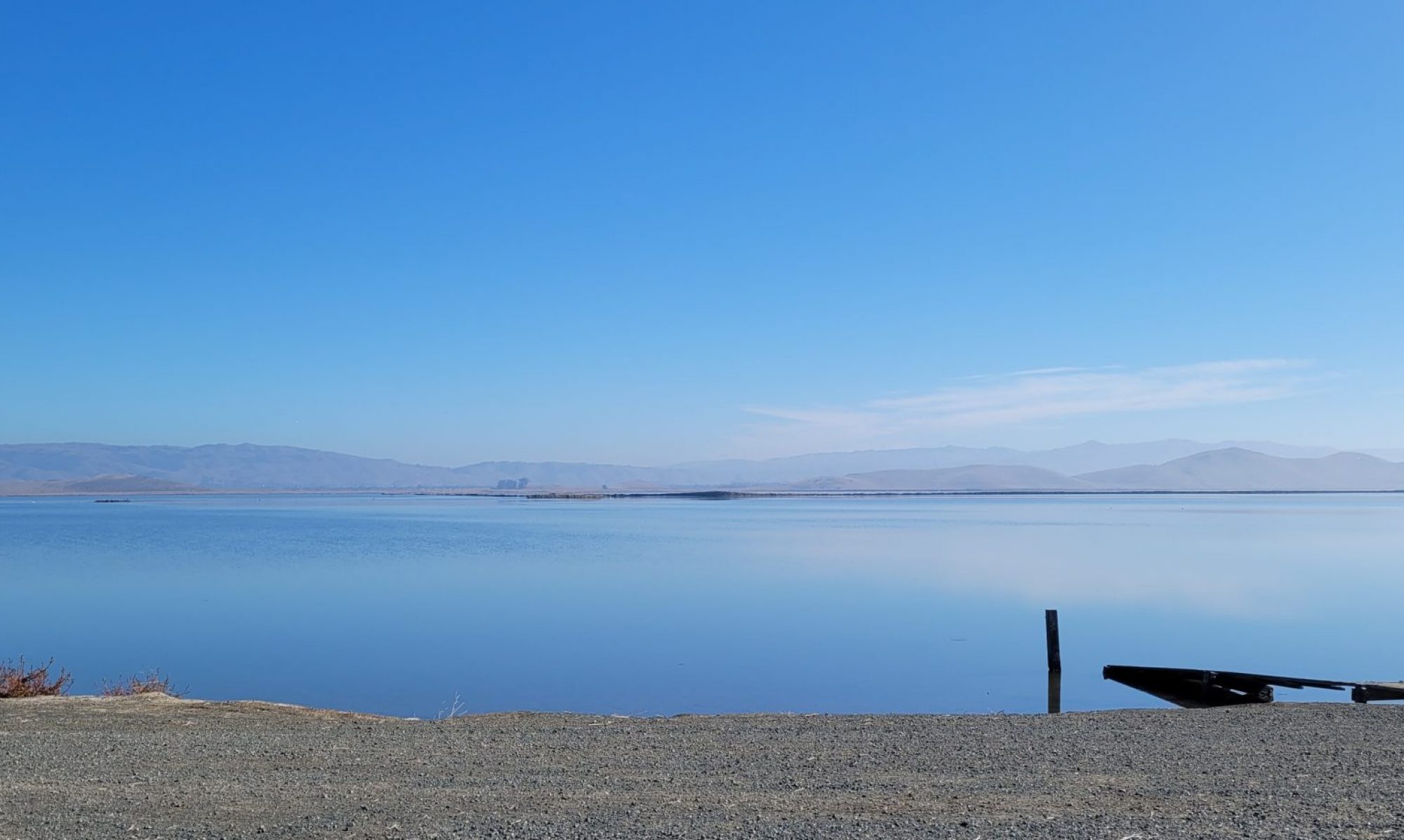Can you fall in love under duress? If you lived in a world that required you to mate for life OR ELSE – could you do it? How would you do it? Would you try to fake it? Could you be convincing? What if you had to fool the Spousal Police?
Now the fact that you will turn into an animal if you fail to fall in love with someone during your stay here is not something that should upset you or get you down.
– Hotel Manager, The Lobster
There is something intriguing and dare I say it? fun about a movie in the alternate world, dystopian as the critics call it, the world that seems like our own but is just Off. The Lobster, a 2015 movie now making the arthouse cinema rounds is one of the most interesting movies I’ve seen in a long time. It takes place in a society like our own, with modern dress, skyscrapers, freeways, and hotel swimming pools very much like our own. But it becomes quickly obvious that there is something different going on. In that sense it’s more like a puzzle, like The Sixth Sense or Fahrenheit 451 or the Memento. Something is different.
 The first part has to establish that difference and to give it shape. We don’t need to know why the rules are this way, not at the outset, but we need to know what they are. The setup in The Lobster is that the adults without mates are required to become “guests” at a hotel. They must couple up within 45 days or they will be transformed – surgically, and the less said about those gory details the better– into the animal of their choice. The couples must be validated to the satisfaction of the authorities, so you can’t just pick somebody. Tests must be passed. When the guests are given shotguns to help reinforce the rules, the consequences of failure are clarified. Continue reading “The World Must Be Peopled!”
The first part has to establish that difference and to give it shape. We don’t need to know why the rules are this way, not at the outset, but we need to know what they are. The setup in The Lobster is that the adults without mates are required to become “guests” at a hotel. They must couple up within 45 days or they will be transformed – surgically, and the less said about those gory details the better– into the animal of their choice. The couples must be validated to the satisfaction of the authorities, so you can’t just pick somebody. Tests must be passed. When the guests are given shotguns to help reinforce the rules, the consequences of failure are clarified. Continue reading “The World Must Be Peopled!”
Like this:
Like Loading...


 The first part has to establish that difference and to give it shape. We don’t need to know why the rules are this way, not at the outset, but we need to know what they are. The setup in The Lobster is that the adults without mates are required to become “guests” at a hotel. They must couple up within 45 days or they will be transformed – surgically, and the less said about those gory details the better– into the animal of their choice. The couples must be validated to the satisfaction of the authorities, so you can’t just pick somebody. Tests must be passed. When the guests are given shotguns to help reinforce the rules, the consequences of failure are clarified.
The first part has to establish that difference and to give it shape. We don’t need to know why the rules are this way, not at the outset, but we need to know what they are. The setup in The Lobster is that the adults without mates are required to become “guests” at a hotel. They must couple up within 45 days or they will be transformed – surgically, and the less said about those gory details the better– into the animal of their choice. The couples must be validated to the satisfaction of the authorities, so you can’t just pick somebody. Tests must be passed. When the guests are given shotguns to help reinforce the rules, the consequences of failure are clarified.